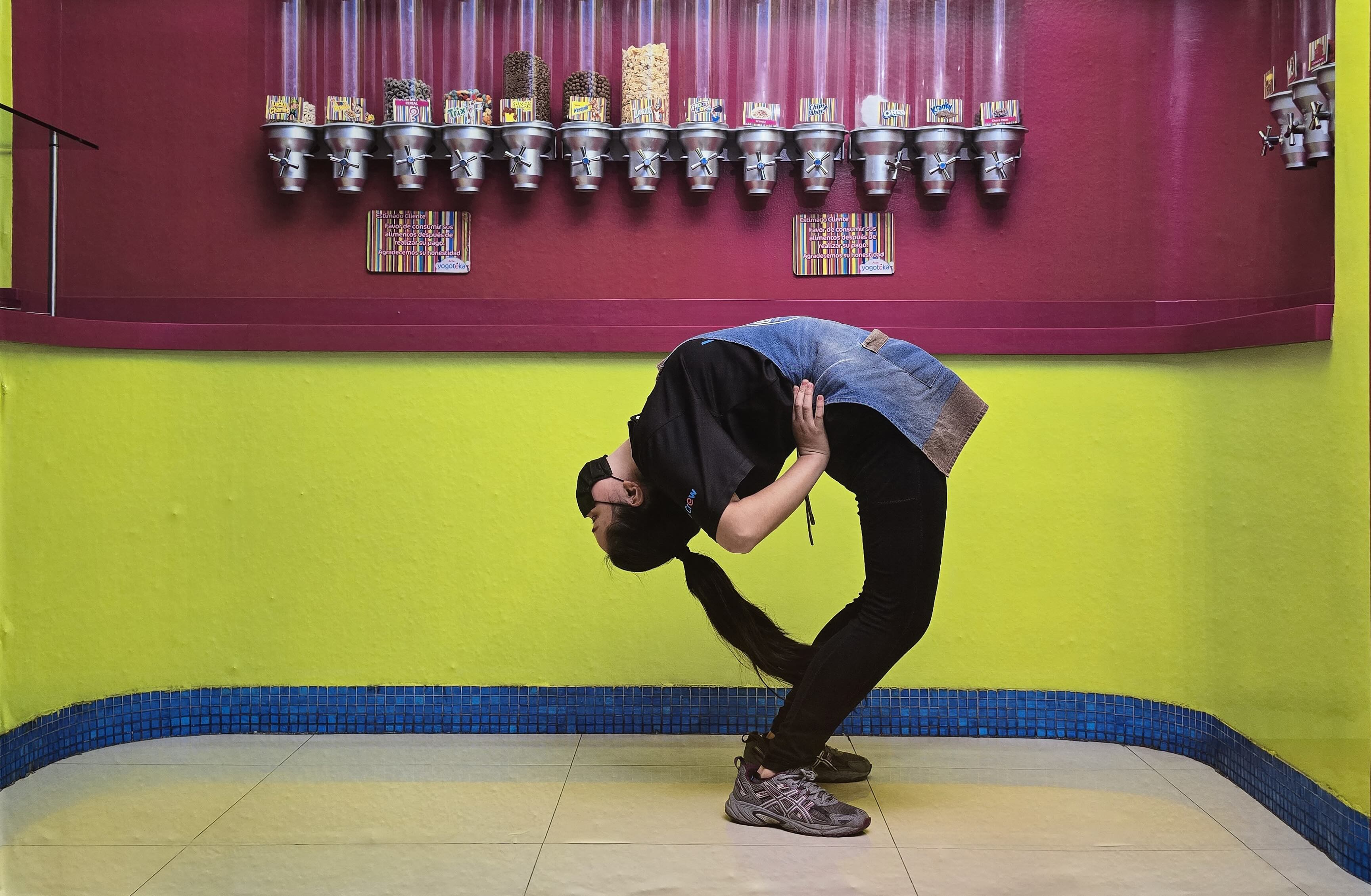
Review
Aesthetics of the Flexible Contract: On the Work of Colectivo Estética Unisex in ‘Nuevo León: El futuro no está escrito’
by Christian Camacho
Reading time
7 min
FULL AVAILABILITY,
NO TRIAL PERIOD, AND PLANNING,
AND COORDINATING, AND MANAGING,
OPTIMIZING, LEADING, GENERATING,
AND DELIVERING—COLON, AND SELLING.
JOIN US!
— Colectivo Estética Unisex
At once a compendium and an extensive review, Nuevo León: El futuro no está escrito [The Future Is Not Written] is the latest exhibition at MARCO Museum in Monterrey. Curated by Ariadna Ramonetti and Mauricio Maillé (with specific contributions by César González-Aguirre regarding Aristeo Jiménez), the show sets up a dialogue between individual focal points, highlighting the photographic practices of artists working in Nuevo León over the last few decades: Alejandro Cartagena, Aristeo Jiménez, Colectivo Estética Unisex, Juan Rodrigo Llaguno, Loreto Villarreal, Oswaldo Ruiz, Ruth Rodríguez, Salomé Fuentes, Sofía Ayarzagoitia, Stefan Ruiz, and Yvonne Venegas. Complex and, in a sense, urgent (featuring over 600 works), this exhibition could ignite tense and extended discussions not just about photography but also about various recent cultural and historical developments in the city. Among its participants are artists whose work will continue to inspire initiatives in the years to come.
Rather than attempting to grasp what this exhibition signifies as a whole, my approach is to engage with the unease provoked by its fragments. It is in this light that I encountered the work of Colectivo Estética Unisex and the sense of restlessness their pieces evoke for me—some of it quite familiar.
Colectivo Estética Unisex, made up of Lorena Estrada and Futuro Moncada, has developed a gaze, since at least 2019, centered around questioning what work/labor means when Monterrey is referred to as "The City of Labor."
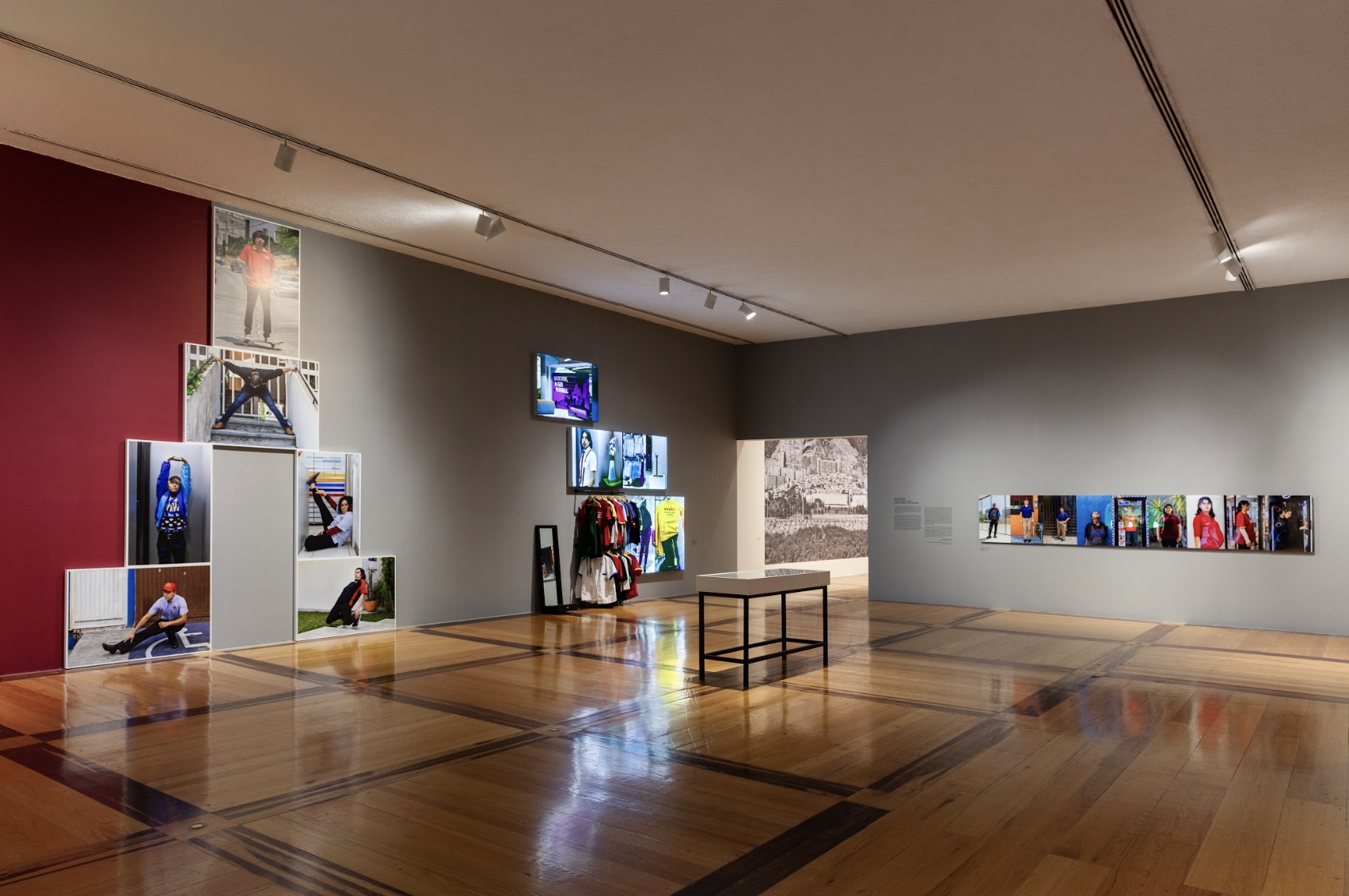
Upon entering the museum space that houses their work, one is met with a text by Pilar Villela¹ that, without much preamble, reads:
"Estética Unisex questions how this culture of effort, rooted in a Fordist model, adapted to the shifts in labor conditions brought by globalized production chains. In Mexico, as in many parts of the world, these changes occurred in two ways: first, through legislation and corporate hiring practices, and second, through the amount of 'labor' needed by each production sector in any given region."
For Estética Unisex, this notion of culture translates into a membrane of signs seen throughout their work: mostly young people, dressed in work uniforms, seeking various balances, imbalances, and pauses in moments that are neither clearly restful nor clearly laborious; clearly simulated or documented. During our conversation, Lorena and Futuro mentioned that several of the people they portrayed had been their students, and the jobs referenced in their work had, in fact, been personal experiences. While this information is not immediately obvious, it’s not hard to connect the portraits of young individuals to the saturated fields of color and corporate branding—the ubiquitous logos of their employers. Every visit to an Oxxo, Office Depot, or Little Caesars reconnects us with this saturated, cold visuality.
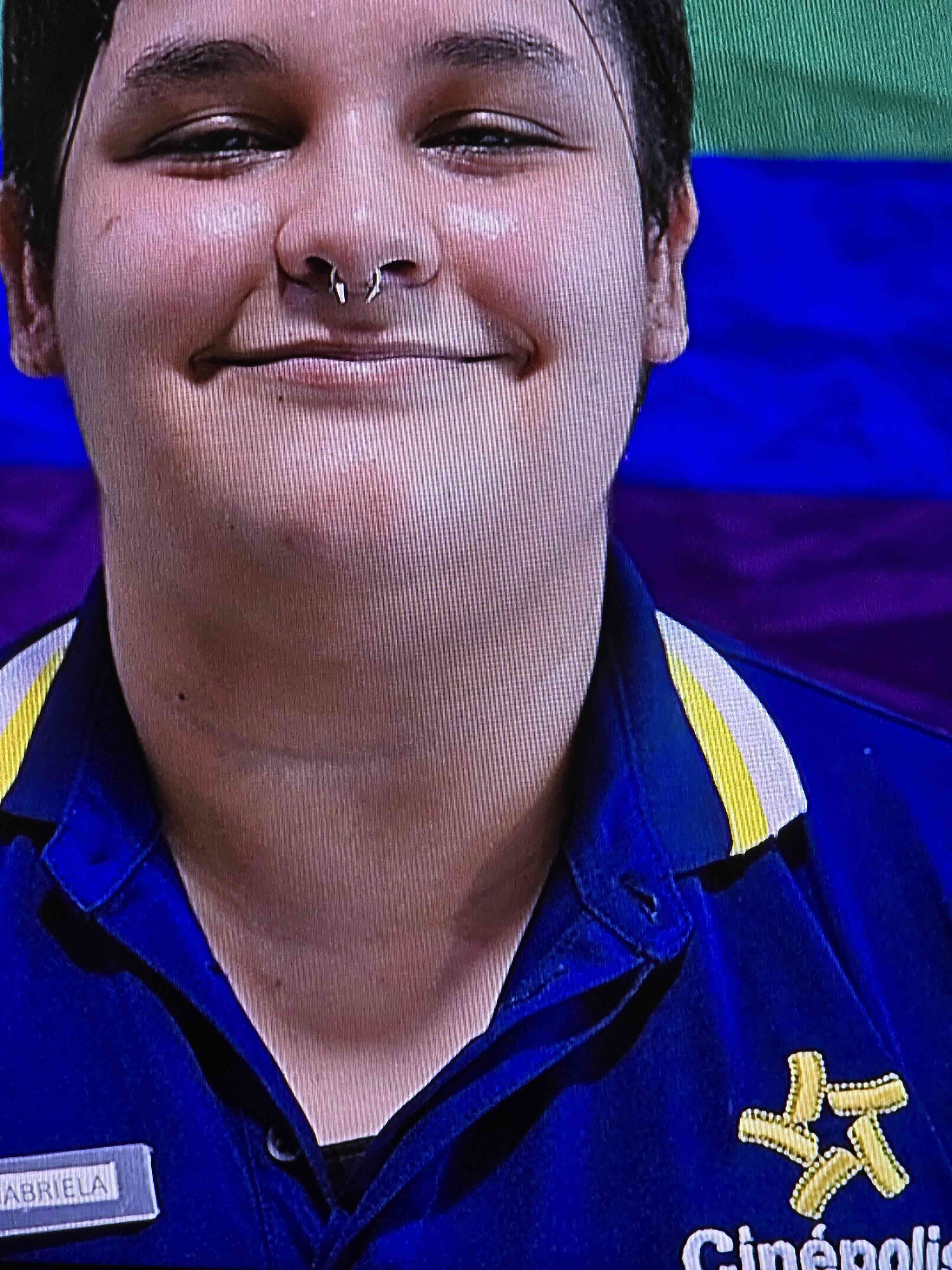
In the context of the exhibition, this leads to a curatorial decision that deliberately creates a flickering experience between museum space and concession stand: a wall color code that blurs the boundaries of each piece, using additional media like lightboxes and monitors to reinforce this effect. The shifts between saturated and gray tones, between matte laminates and sharp light edges, throw us out of the museum—into the fluorescent flash of a Seven Eleven at night, into a late-night scene where someone is seen behind the counter, or into the image of teenagers who seem to have taken over an empty store, now listening to their own music in uniform-costumes.
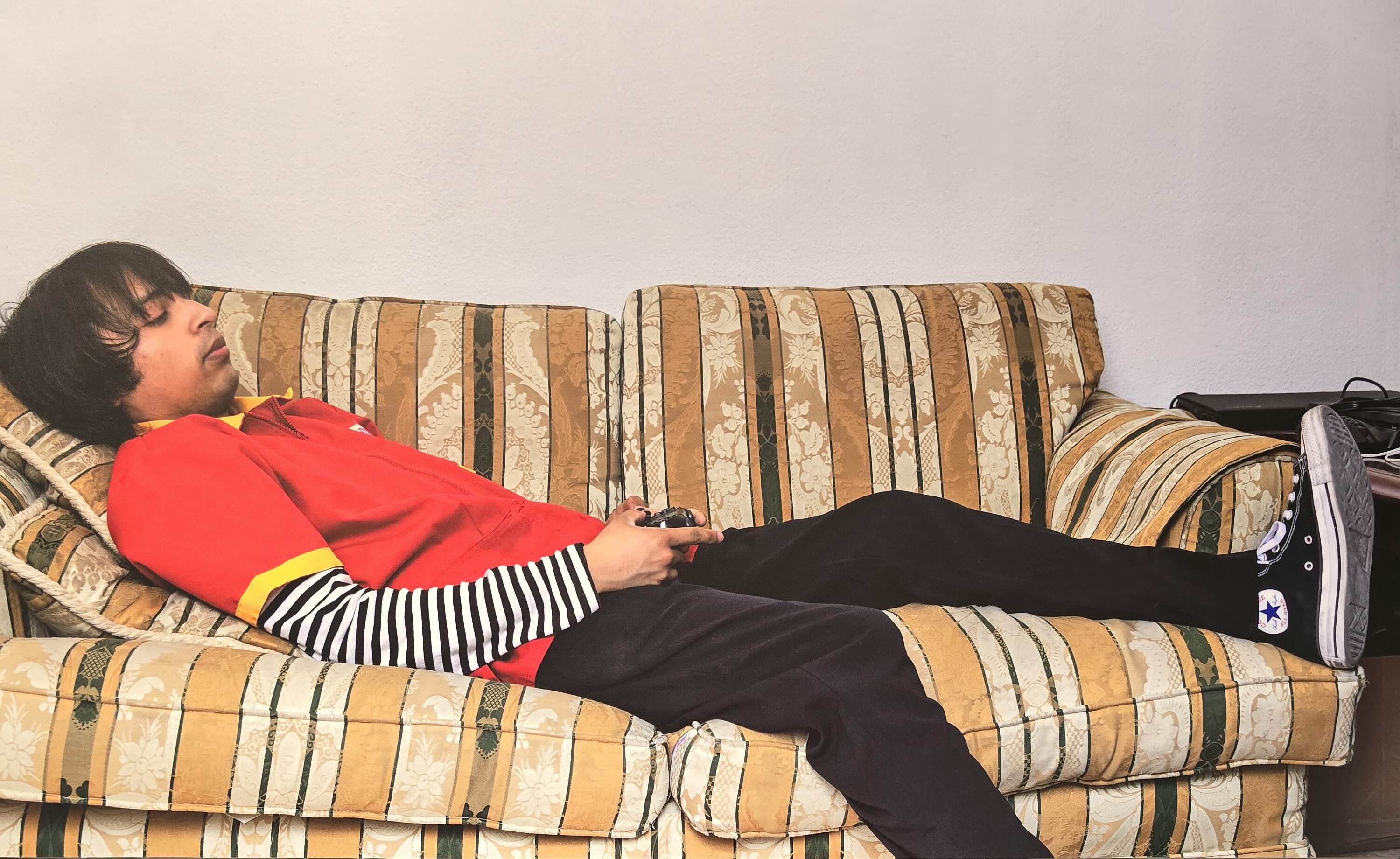
My own experiences funding my artistic practice, which have always been intertwined with teaching, remind me of early mornings teaching English in corporate offices, when the only thing shining was the reception’s logo. Estética Unisex and the people they portray seem to connect with that light—an intuition about the kinds of expectations, fulfilled and unfulfilled, implied by facing a camera. In my view, this animates something broader than mere satire of portraiture or identity photos. It’s a reminder that the romanticization of work experience, alongside its many forms of debt, has become a nightmare when it turns into an obligation for the precariat. Lights that, rather than illuminating, extend the maze of balancing an integrated career and the desire to live with dignity.
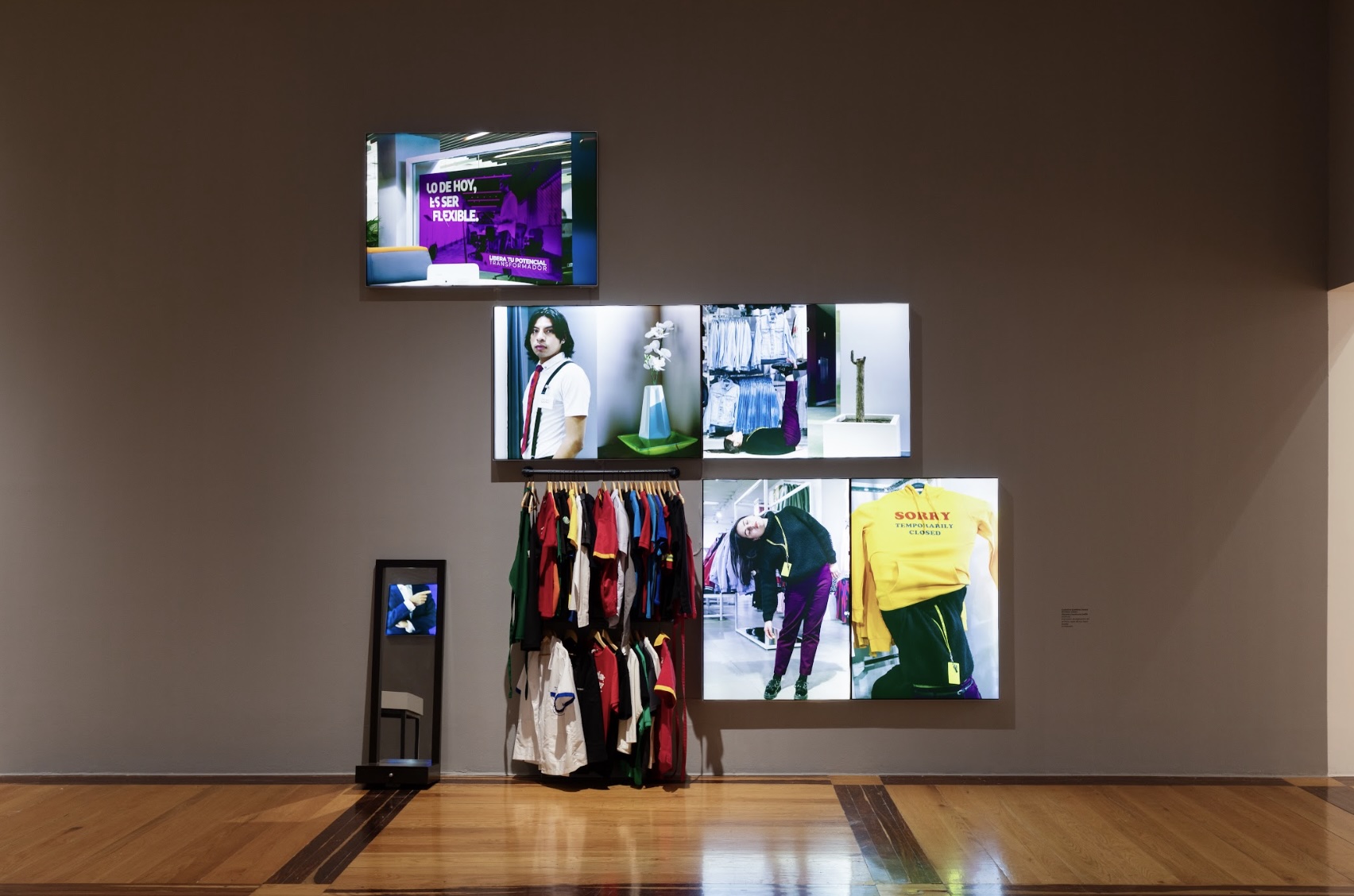
One standout piece in the exhibition, a mural titled Diurno (2020–2022, from the Flexibilidad series), encapsulates these ideas. It’s a large-format photograph adhered directly to the wall. In it, a worker from Yogoteka bends backward in an arch, curving her torso beneath what appears to be a horizon line, dividing a red plane from a lime green one and the blue tile of the floor. This saturated, multicolored plane becomes the backdrop for other details: the use of a face mask, apron, and sneakers—almost sporty attire, neutralized in a posture that, along with the movement of her hair, forms a kind of lock. The image grows strange with prolonged viewing, yet somehow remains on the verge of rotating and normalizing. We soon access more information. Yogurt topping dispensers become tiny, zoomed-in shapes—Trix, Oreo, Froot Loops—and below, a small plaque with colored bars addresses us:
Dear Customer, Please consume your food after making your payment. We appreciate your honesty.
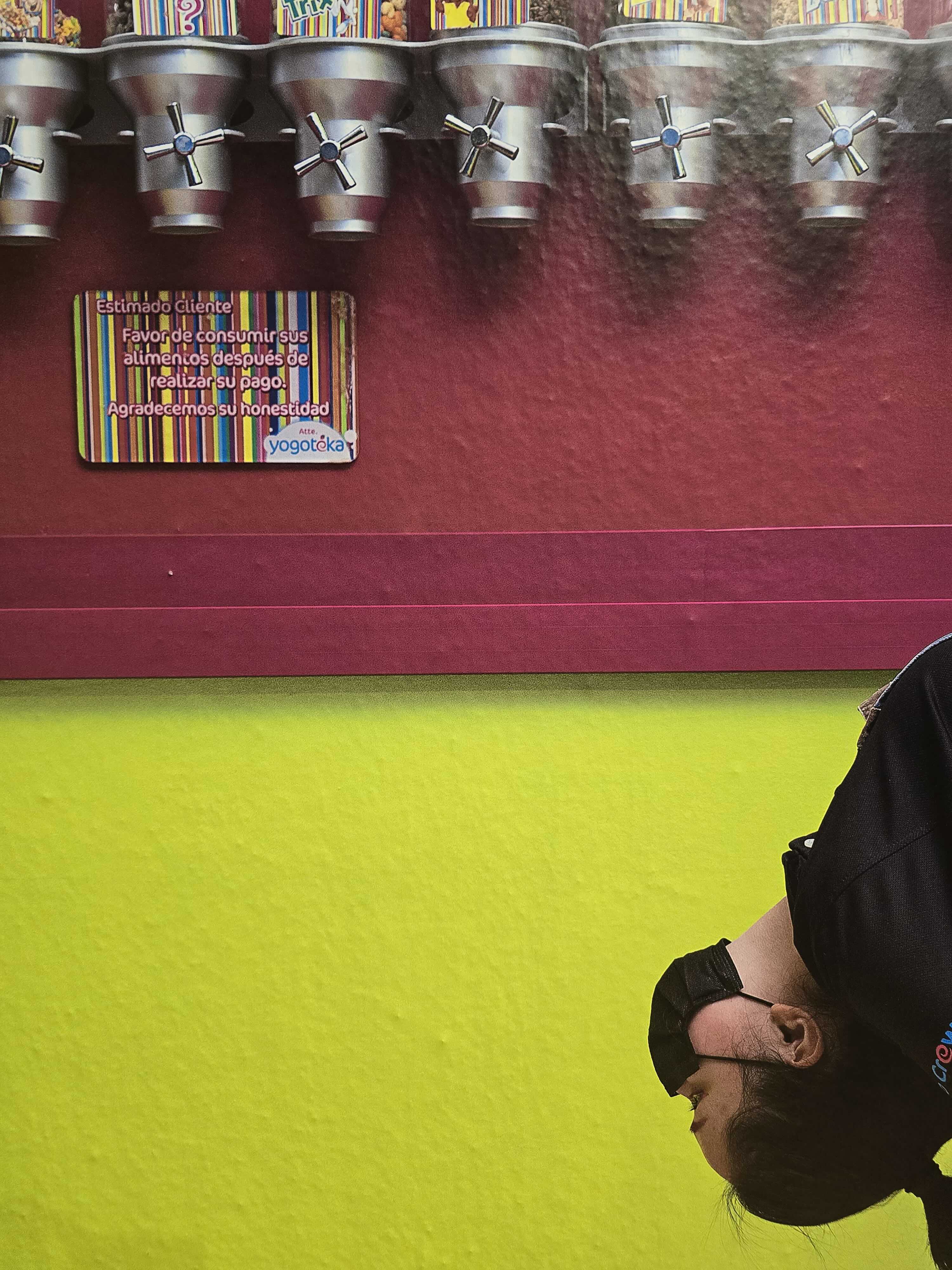
In my opinion, this image, beyond the resonances already mentioned, raises a technological question, though not for photography per se. Estética Unisex approaches the concept of flexibility through the body (perhaps with a hint of parody), pointing to the violent restructuring of labor under neoliberalism in Mexico: temporary contracts, minimum wages (with no capacity for savings), unpaid training, irregular schedules, and so on. Yet for me, something else is happening. This technological question emerges from a seemingly absurd place—from the graphic design of the yogurt dispensers to the dynamic allure of athletic footwear that has been popularized for nearly every lifestyle. We navigate through animations of the Netflix logo, the Didi interface. A conquest of atomized time whose flat, micro-macro aesthetics have infiltrated every corner of our activities, blurring the line between work and rest: actions for our fingertips, mouths, backs, hands, and feet. A circuit that seems self-evident but is as elusive as the concept of a "system" when the cashier at Oxxo tells us, "There’s no system." Techné for the indifference between activity and inactivity. We can return to the photograph after this and deactivate all these signs by simply watching someone perform a contortion—without necessarily wanting to show us a superhuman skill in doing so. ‘Diurno,’ lit by daylight. Other people in the exhibition also use the day (and their uniforms) to rest.
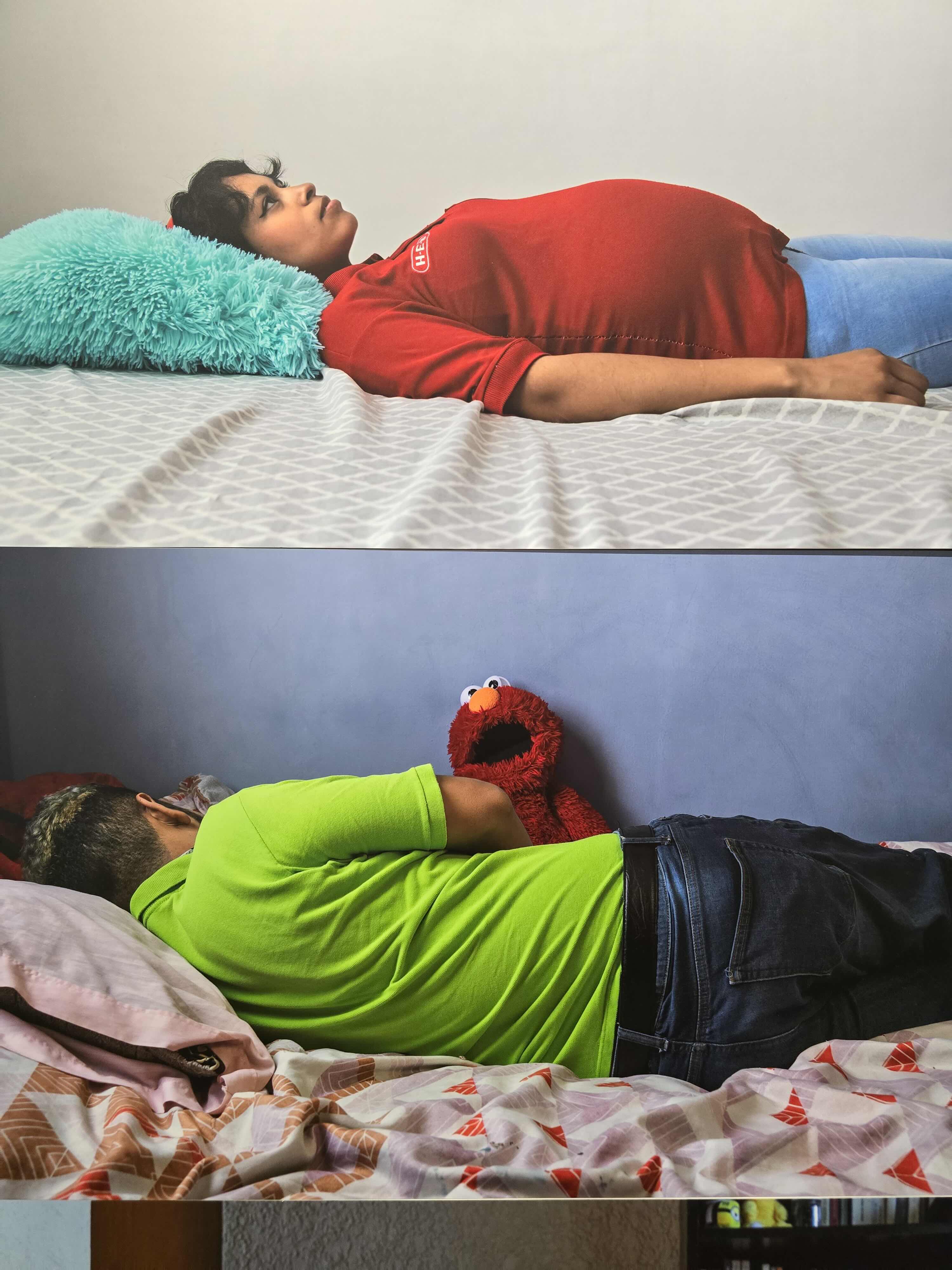
There’s something ominous about all this. Among the various modules in the exhibition, this one seems to demand something specific from the show’s title—about writing about the future. I like to think that the work of Estética Unisex alerts us, within the context of Monterrey, to the kinds of forms that make possible the daily work-consumption frenzy. What can be done with these forms in terms of artistic production? The British economist Guy Standing mentions in an interview with the Catalan magazine Directa² that the precariat—this new working class that largely describes those who work flexibly and precariously under neoliberal demands—ultimately wants to advance its circumstances to the point of abolishing itself. Anxiety and uncertainty as a method for abolishing anxiety and uncertainty. Pharmacologically or alchemically, I find it fitting to say that much of the art created by young artists today, which I observe within my immediate sphere, seeks this at all costs.
Translated to English by Luis Sokol
1: Whom I am pleased to read.
2: Guy Standing interviewed by Julia Bacardit - 02/12/2015 - found in Spanish originally at https://directa.cat/precariat-es-una-classe-social-molt-radical-lunica-que-vol-ser-prou-forta-abolir-se-si-mateixa the link has been broken since, and a Spanish version can be found at sinpermiso.info https://www.sinpermiso.info/textos/el-precariado-es-una-clase-social-muy-radical-la-unica-que-quiere-ser-lo-suficientemente-fuerte-para
Published on September 30 2024